For thousands of years there have been Winter Solstice rituals, traditions, & celebrations enjoyed throughout the world. Each Equinox and Solstice I like to not only commemorate the occasion with a special gathering, but also to share with those present some of the various traditions and the people and culture they are part of. What I share with you below is a little bit of what I presented at the recent Solstice Celebration I led locally.
This time of year, people around the world celebrate winter solstice traditions and other winter festivals. On the longest night of the year, we celebrate the rebirth of the sun and the lengthening of days beginning the day after Solstice. In the southern hemisphere, they are experiencing Summer Solstice … the day with the most amount of light.
Winter Solstice is the day with the shortest amount of sun and the most amount of darkness. The next day, the sun begins to return and that is why so many solstice traditions from around the world celebrate with light and light festivals. Many December festivals involve candles. This year, at the festivities I led, we did too!
- Hanukkah or Chanukah, a Jewish holiday known as the Festival of Lights, is celebrated for eight days. It begins on the 25th day of Kislev and goes to the second day of Tevet in the Hebrew calendar. At sunset the night before it begins, there is a special sunset blessing. This year, it begins at sunset on Equinox. I don’t think that is always the case each year. One of the many ritual objects used to celebrate Hanukkah is the menorah (shown above) which contains 9 candles. The center candle is used to light the others. Each night an additional candle is lit.
- Yule begins on Winter Solstice and goes for 12 days. It is is celebrated by Wiccans, pagans and many others this time of year. It is often celebrated with a Yule (or Juul) log placed in the fireplace. The log chosen needs to burn for a very long time. In more modern traditions, a smaller log is used for decorative purposes and often has candles placed on it.
- Kwanzaa is an African-American Celebration of cultural reaffirmation. It begins the day after Christmas and goes through New Years Day. One of the items used to celebrate Kwanzaa is a kinara. It is a candle holder with 7 candles. Those candles are red, black and green in color. The black candle in the center sits higher than the rest and is lit first. Each day a new candle is lit representing another of the Kwanzaa principles.
- Saturnalia is a festival that lasted a week which honored Saturn in Ancient Rome. It involved parties, gift giving, and much mayhem. Saturnalia is still celebrated by some people today. It begins Dec. 17th and goes through Dec. 23rd.
- Juul (where the name Yule comes from) is celebrated in Scandinavia. It lasts for several days before and after Winter Solstice. A huge Juul log was brought inside and placed in the hearth (fireplace) as a tribute to the Norse god Thor. In early pre-Christian societies, fertility rites were performed under mistletoe. They also enjoyed wassailing, which means going house to house singing. When you got to the neighbor’s door, you would be greeted with a cup of hot cider or ale.
- Mōdraniht is a Germanic winter festival that is part of Yule. Mōdraniht means Mothers Night, or Night of the Mothers. It was celebrated on what we now call Christmas Eve.
- Yalda or Sheb-e Chelleh is an Iranian festival that is also celebrated in central Asia. It means birth and is celebrated on Solstice. It has been celebrated for thousands of years back to the birth of Mithra, the God of Light, in the Zoroastrian religion. In ancient times they decorated an evergreen tree and hung their wishes from the tree in silk cloths. Iran families they stay up all night until the sun rises again, typically reading Hafez and other Persian poets. They snack on dried fruits and nuts, watermelons and pomegranates. The Magi (the 3 wise men talked about in the Christmas story) were well-known astrologers of the Zoroastrian tradition who saw a bright new star and predicted the birth of Jesus. My Iranian neighbor recently brought us a gift of dried fruits, nuts, and pomegranates. I assume they are extras from their Yalda celebration.
- Fiesta de Santo Tomas in Guatemala runs for an entire week ending on Winter Solstice. Mayan Indians do the Danza de los Voladores (flying pole dance). I got to see the pole dance at a pow wow I attended many years ago. I’ve written more about the Mayan’s and Solstice here.
- Christmas is a Christian celebration in honor of the birth of Yeshua ben Joseph (Jesus). It is celebrated on Dec. 25th. Often the evening before (Christmas Eve) a candlelight ceremony is held.
- Scholars indicate that the true date of Jesus’ birth is most likely sometime during Spring. Some believe that the December date was chosen to replace the Jewish slaughtering of the lamb that occurred that time of year. Others believe it was to take over the pagan holiday of Winter Solstice.
- St. Francis of Assisi started the Christmas creche (manger) tradition in 1223. His nativity scene included baby Jesus, Joseph and Mary, shepherds, angels, wise men, live animals, as well as three midwives. Including midwives was standard until the 16th century when they were no longer included in the nativity.
Winter Solstice Traditions From Around the World
-
Native Americans celebrated Winter Solstice with songs, dancing, feasting, and a give-away. For many Native American tribes, solstice is the time for storytelling. The storyteller is often given a tobacco offering before telling the story. The storyteller would then take the tobacco outside and place it on the earth as a gift to the spirits of the story. In the Native American tradition I am most familiar with, the pueblo people of Northern NM, when giving gifts to nature spirits, they use either tobacco or corn meal. My personal preference is blue corn meal.
-
The Germanic and Scandinavian people from Northern Europe celebrated mid-winter with a decorated tree, wreaths, and yule logs.
-
Stonehenge (depicted below) in England was built between 3000 & 2000 BC and aligns perfectly with the sunset on Winter Solstice. You can see the night sky over Stonehenge here live: Solstice at Stonehenge | English Heritage (english-heritage.org.uk)
- New Grange in Ireland was built around 3200 BC and aligns perfectly with the sunrise on Winter Solstice. It has a room inside that floods with light as the sun rises on the winter solstice.
- Woodhenge, in Illinois, marks the Equinoxes and Solstices precisely.
The Legend of Sankta Lucia, a Winter Solstice Tradition from Scandinavia
-
Saint Lucy was first known in the Mediterranean. Scandinavia where she is most highly acknowledged and celebrated. There, she is known as Saint Lucia or Sankta Lucia She is a saint associated with light.
-
From my friend Lucia Mitro – “It is a Swedish Tradition – According to apocryphal texts, St. Lucia came from a wealthy Sicilian family. Spurning marriage and worldly goods, however, she vowed to remain a virgin in the tradition of St. Agatha. An angry suitor reported her to the local Roman authorities, who sentenced her to be removed to a brothel and forced into prostitution. This order was thwarted, according to legend, by divine intervention; Lucy became immovable and could not be carried away. She was next condemned to death by fire, but she proved impervious to the flames. Finally, her neck was pierced by a sword and she died.”
-
According to a comment on a blog – “Saint Lucia is still worshiped in Northern Italy. She brings good children gifts and sweets and throws ashes into naughty children’s eyes to blind them. To get the gifts, children must prepare a plate with flour, fruit and other things that Saint Lucia (and her donkey) may eat on her journey.”
-
A beautiful song and video in honor of Santa Lucia: https://youtu.be/C9f6zxo6X0s
-
In my beloved home away from home, Santa Fe, New Mexico (pictured above), they celebrate holy-days like Christmas in a beautiful way.
- For those unfamiliar with Santa Fe, it is a 400-year-old city that sits at 7,199 feet above sea level. It is in a valley between two mountain ranges. The Sangre de Christo’s (blood of Christ) Mountains are on one side and the Jemez Mountains are on the other.
-
It is called the City Different and is a merging of old and new as well as a blending Native American, Hispanic, and white cultures. Every building in town has to be made of adobe and they are only allowed to be 3 to 4 stories high.
-
I fell in love with the city when I was downtown for the very first time. I was walking around downtown one morning and when I turned a corner I realized I had a tear rolling down my cheek. I was scheduled to catch a flight later that day and realized that I didn’t want to leave. Five years later I was living there.
- Even though it is in the high desert, there are a surprising number of beautiful big trees all over down town. There is also a huge national forest and ski resort just up a road a small distance from downtown.
-
Santa Fe is short for “Royal City of the Holy Faith of Saint Francis of Assisi.” The entire city is a tribute to St. Francis.
-
Santa Fe has only 150,000 residents. Yet, it is a global destination for art, for its unique culture and for 5-star hotels, spas, restaurants, as well as for its major festivals like Indian Market (attended by over 100,000 people there to admire and purchase one of a kind art from over 1,000 Native American artists representing 100 different tribes) or Spanish Market, Folk Art Market or any number of other world class festivals held throughout the year. The opera there is world famous. It boasts as many restaurants as most major cities. Many celebrities have a home there.
-
Santa Fe is the 3rd largest art market in the world. Even though there are galleries all over town, the major concentration is on a mile long narrow street called Canyon Road. The only things on Canyon Road are art galleries and a few scattered restaurants. On New Year’s Eve, they place thousands of faralitos everywhere. Most call these luminarias, but in Santa Fe they are known as faralitos. They are tea light or votive candles sitting in sand at the bottom of a brown paper lunch bag. They are placed along the streets, on the flat-roofed buildings themselves, along sidewalks, in spirals. People are caroling and there are bon fires in various places all along the road. All the galleries are open serving hot chocolate and hot cider. Thousands of people come to enjoy the beauty and festivities on Canyon Road on Christmas Eve. My family and I enjoyed it numerous times when we lived there.
- This is a video of Canyon Road on Christmas Eve: https://youtu.be/iZUYtLNvUd
Other Articles About Winter Solstice:
- Winter Solstice, Yule, Love & Honor this Sacred Time of Year – Magnificent U with D. Takara Shelor
- Winter Solstice – a Mystical Magical Time of Year for Celebration – Magnificent U with D. Takara Shelor
- December 2012 and the Turning of the Wheel – Magnificent U with D. Takara Shelor
- Another HAPPY HOLY-DAY to All of You! – Magnificent U with D. Takara Shelor
If you would like to participate with me in a celebration of Equinoxes and Solstices and the guided meditation vision journeys and initiations I channel for each one, then join the Sacred Circle at Magnificent U.
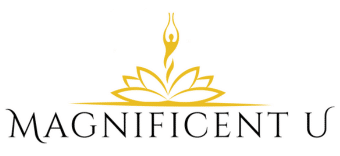
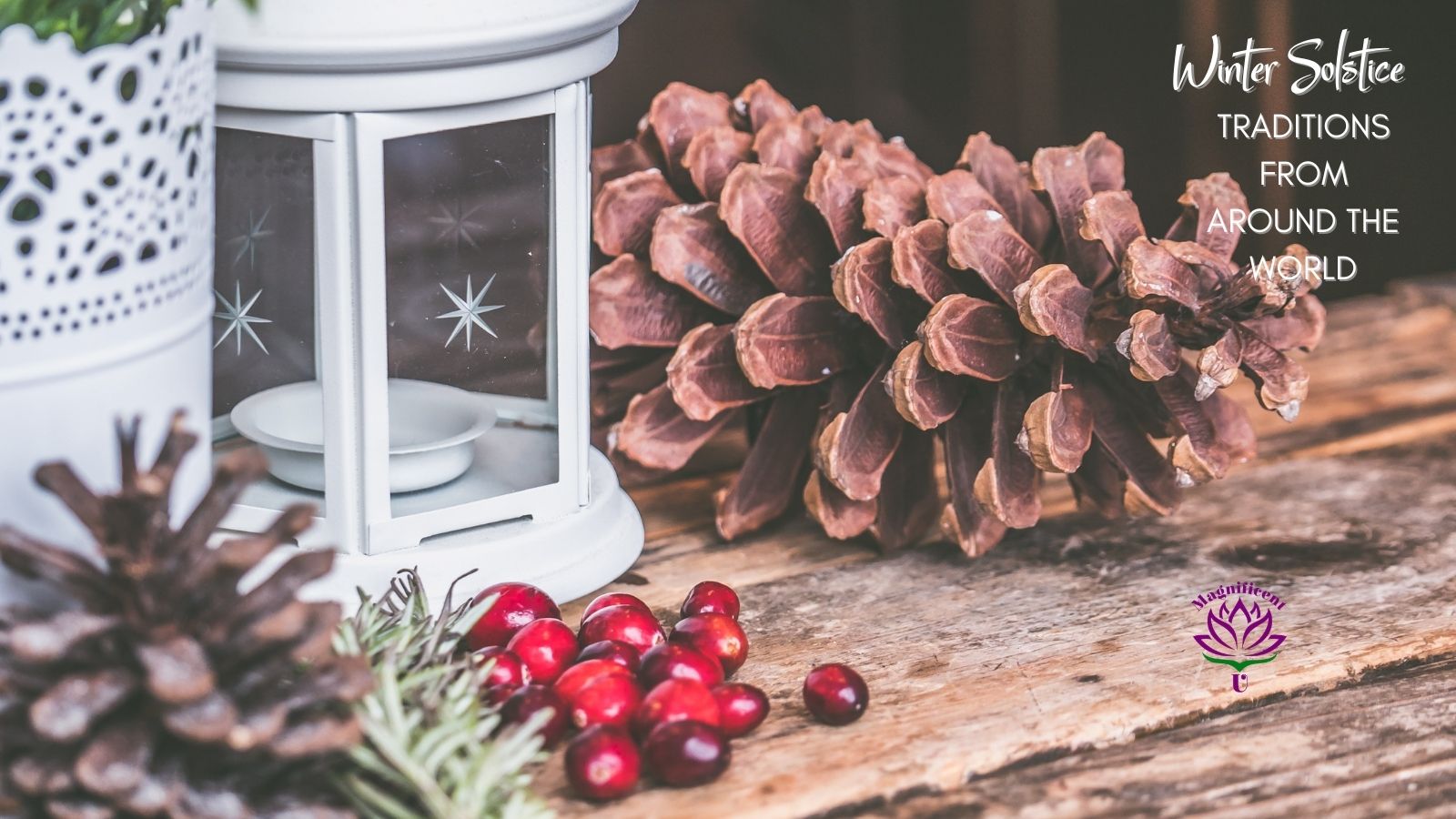



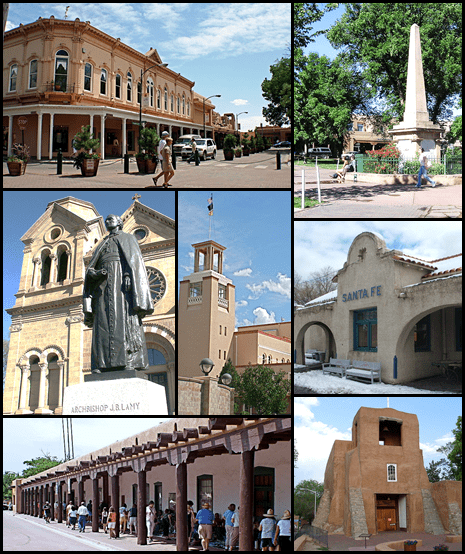
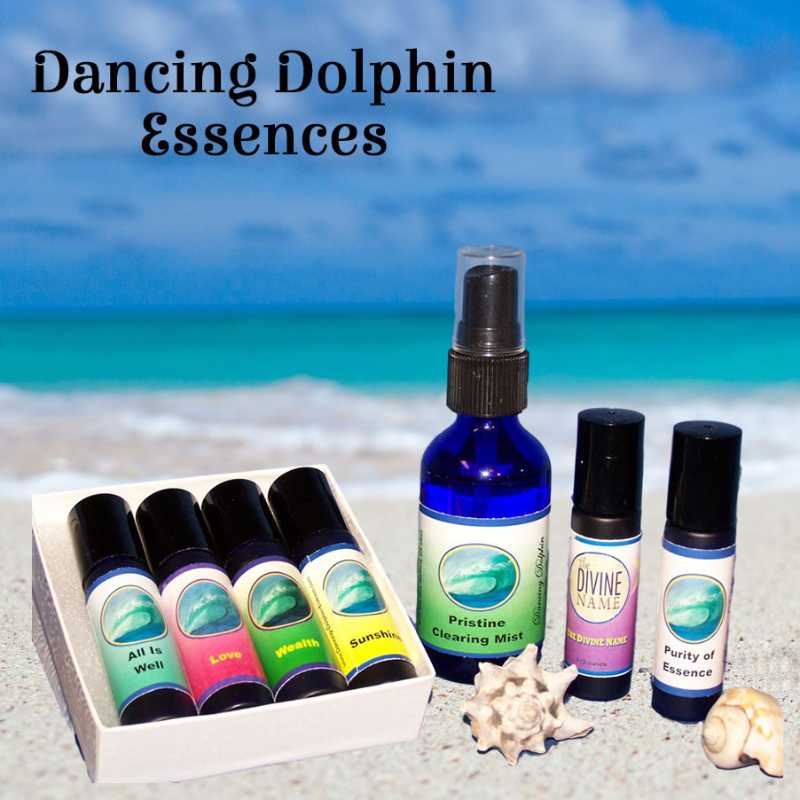
 Takara Shelor
Takara Shelor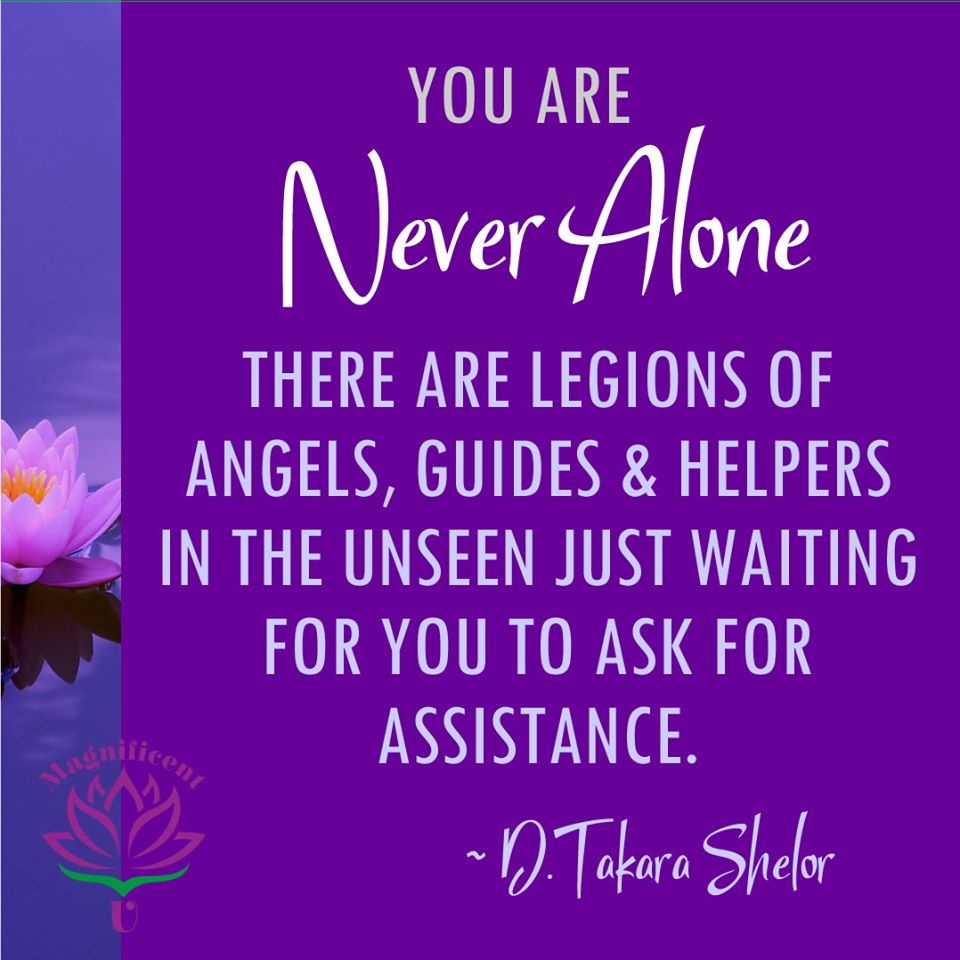 Takara Shelor
Takara Shelor
Leave a Reply
Want to join the discussion?Feel free to contribute!